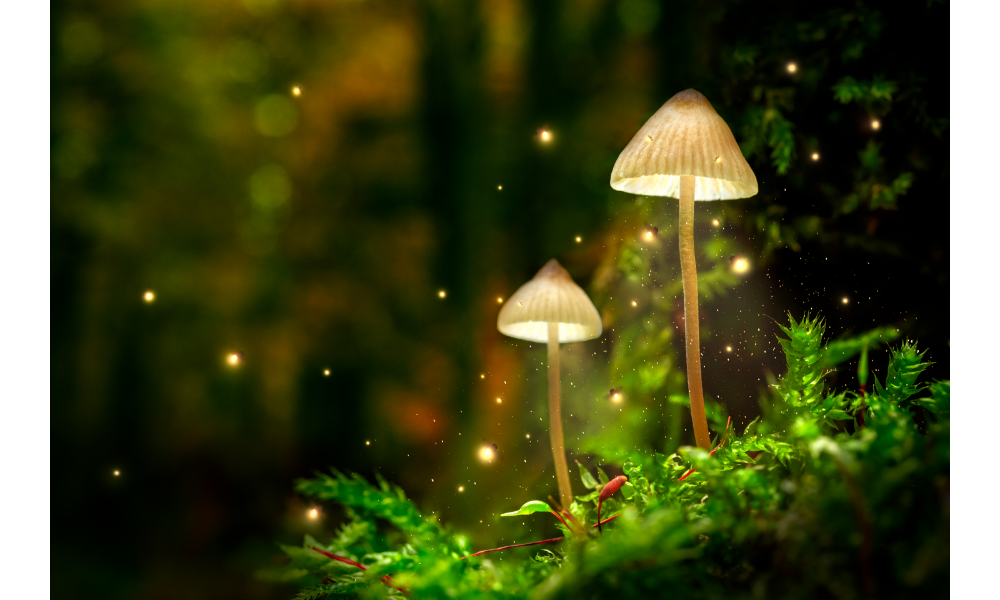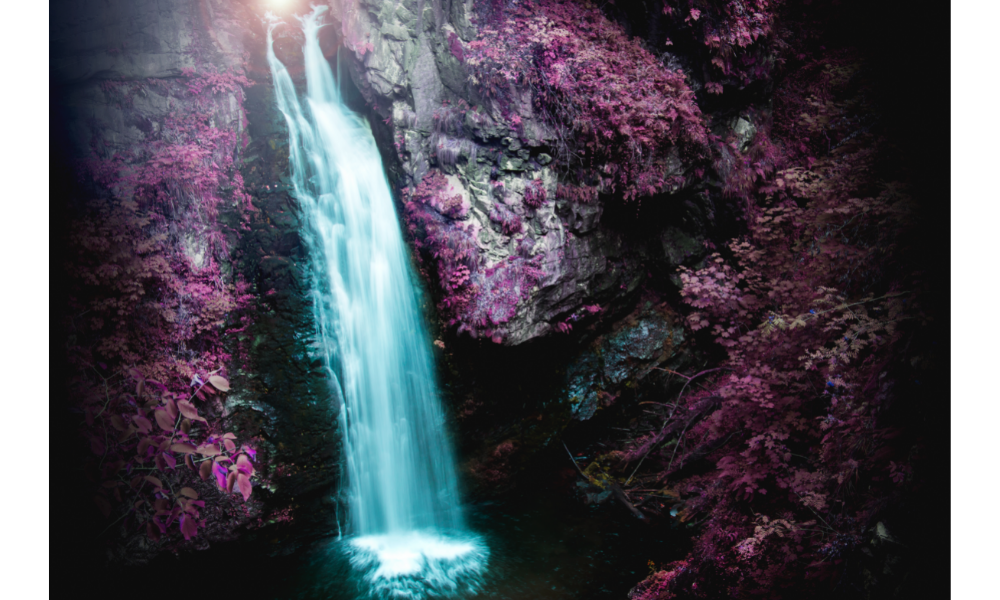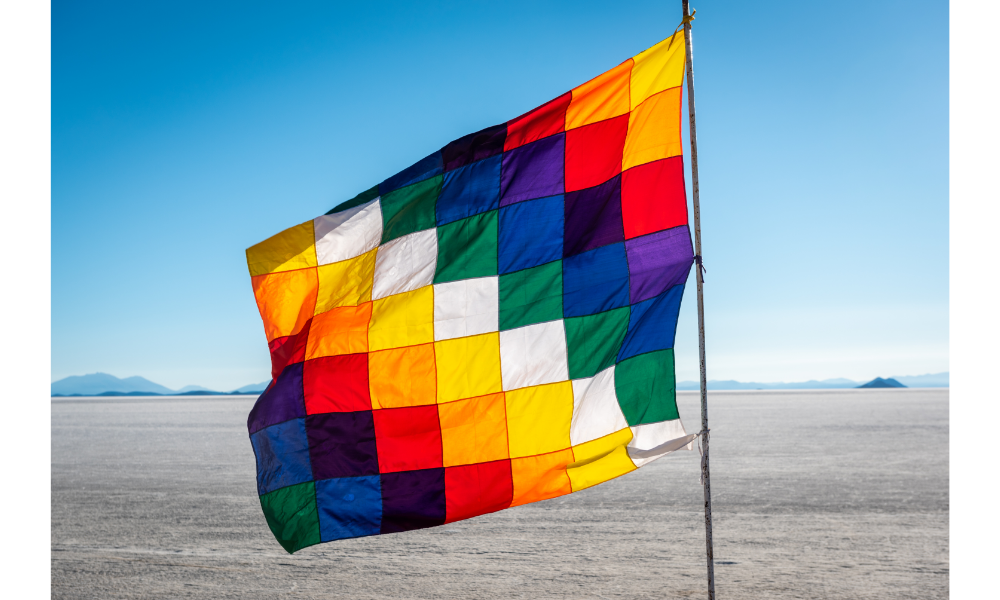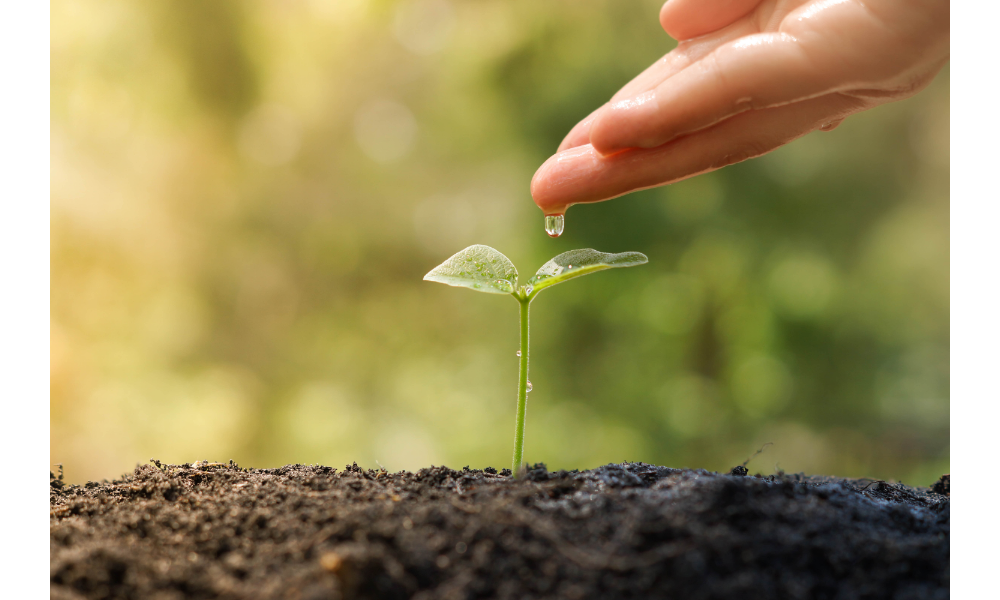Table of contents
Meet Mother Earth!

Mother Earth is the popular name for Pachamama, the most important deity worshipped in the Andes region. As she embodies nature itself and the universal archetype of the mother, she protects those under her watch, providing food and good harvests, as well as the gift of life itself.
In this article we will show its meaning, its history, as well as its relationship with political and philosophical movements such as the case of 'Buen Vivir' or Living Well in Portuguese. We will also show that its cult is spreading around the world, especially due to the New Age Cult.
In addition, you will have access to their ceremonies and sacred dates, learning what to offer to ask for their graces, as well as their importance for Andean cultures and their relationship in syncretism with Christianity.
Understanding more about Pachamama

Pachamama is the name given to the Andean peoples for the goddess who represents Mother Earth. She is a fertility goddess who rules over crops and harvest, embodies the mountains and is able to produce earthquakes. Learn her meaning, history and celebrations below.
What is the meaning of Pachamama?
Pachamama is a deity who represents the Earth and nature. Her name comes from the ancient Quechua language and is made up of two words: 'pacha' and 'mama'. The word 'pacha' can be translated as universe, world or earth, while mama is simply 'mother'. Therefore, Pachamama is considered a mother goddess.
It is closely linked to the cycle of planting and harvesting, and is extremely important for Andean crops.
Although she inhabits no place, she can be found in springs, fountains, and on altars called apachetas. Her spirit shapes the Apus, a cluster of snow-capped mountains. She is responsible for bringing rain, thunder, and even drought to promote balance.
History of Pachamama
Pachamama originates from the Inca religion of many millennia ago. She is the feminine essence of nature, considered by the Incas as the provider of everything from food, water and the phenomena of nature.
She provides and protects their children, making life possible and favoring the fertility of the crops. As the Incas came into contact with other cultures in the region, their cult received religious influence from other cultures that were then incorporated by them.
According to their myths, Pachamama is the mother of Inti, the sun god, and Mama Killa, the moon goddess. Pachamama and Inti are worshipped as benevolent entities in the area called Tawantinsuyu, located in the Andes Mountains.
Image of Pachamama
The image of Pachamama is usually envisioned by artists as a grown woman carrying with her the fruits of her harvest. In her modern representations, it is possible to see potatoes, coca leaves, and the four cosmological principles of Quechua mythology: water, earth, sun, and moon - all of these symbols originating from the goddess herself.
From an archaeological point of view, there are no images that represent Pachamama. This is not surprising, since the goddess is visited as nature itself whose body shapes the Andes mountain ranges. Since she is seen and felt as nature itself, there are no historical statues of her.
Pachamama and Andean culture
The energy of Pachamama is directly related to seasonal cycles and Andean agriculture. Since the economy of the native peoples of the Andes is predominantly based on their wealth cultivated in their fields, Pachamama is a deity of extreme importance to these peoples, as she is related to the success of the planting and harvesting cycles.
Many of the peoples of South American countries, as is the case of Bolivia, have a population contingent predominantly with indigenous ancestry. Therefore, the worship of this goddess is part of their customs and beliefs even in today's society.
Pachamama in other cultures
At present, the cult of Pachamama goes beyond the South American environment. With the ecological and ancestral movements, this mother goddess has been worshipped in countries of North America and Europe.
In addition, the religion centered on the cult of Pachamama is also practiced parallel to Christianity, so that there is an intense religious syncretism, similar to what has occurred in Brazil with religions of African origin.
In Peru, for example, the cult of Pachamama finds a home even in predominantly Catholic environments, incorporating part of the Christian symbols and liturgy. In these environments where Christians and Pachamamaists meet, it is common to associate this goddess with the Virgin Mary, commonly worshipped due to her intervening maternal aspect.
Ancient celebrations
Of the little that is known of the ancient celebrations of Pachamama, there are the reliquaries built from pierced stones or the trunks of legendary trees. There are reports that her cults involved the sacrifice of llama fetuses, guinea pigs and even children in the so-called Ritual of Capacocha.
Their rituals also involved the burning of miniature representations of the goddess and traditional clothing. Although these celebrations seem frightening, they were common in all common religious cults in Europe, Africa, and Asia.
Moreover, it is not known for certain whether these celebrations were held in this way, since much of what has survived was reported by the colonizers.
Modern celebrations
Today, the main modern celebration of Pachamama takes place on her day, August 1. Along the Andes Mountains, it is common to offer a toast to Pachamama before casual gatherings or celebrations.
In some regions, it is common to perform a libation ritual called 'challaco' on a daily basis. In this ritual, they pour some chicha, a fermented drink typical of the indigenous peoples of South America, onto the earth so that Pachamama can drink it.
In addition, Pachamama is celebrated on the Tuesday that coincides with Carnival Tuesday and is called "Martes de Challa". On this day, people bury food, sweets and burn incense to give thanks for the gifts of the harvest.
Offerings to Pachamama
Offerings that are left for Pachamama include coca leaves, chicha, alcoholic beverages such as wine, as well as candy and cigarettes. These items are left on the ground or buried for the goddess to receive.
It is also very common, on August 1, to bury in a place close to the house a bar pan with cooked food. Generally, this food is "tijtincha", made mainly from broad beans and corn flour, which is left in a lake or watercourse together with other offerings to the goddess.
The Andean Worldview and the Buen Vivir

Buen Vivir is a philosophy that contains part of the cosmovision of the native peoples of South America. It defends a way of living in balance with nature and is supported by four dimensions: 1) subjective and spiritual, 2) communitarian, 3) ecological and 4) cosmic. Read on to learn more.
Subjective and spiritual dimension of the Good Life
The Buen Vivir has a holistic characteristic and for this reason it is also based on a subjective and spiritual dimension. This dimension is based on Andean spirituality that foresees an ethical and more balanced relationship with life in its social spheres.
It brings with it the importance of indigenous cosmovisions and their beliefs to combat the extractivism and degradation of the environment that end up generating the global ecological crisis. In this context, Pachamama is inserted since its cult brings with it the message of spirituality, taking into account the subjectivity of its practitioners and their indigenous cultures.
Community Dimension of Buen Vivir
Buen Vivir is also based on collectivity and therefore takes on a community dimension. It presupposes a set of practices that involve the community to free it from the chains of colonization that massacred the original peoples of the Americas.
Furthermore, based on the community dimension of this philosophy, constant debate is necessary to decide the actions to be carried out, so that they dialogue with the needs of the communities and their social organizations, as well as relating them to Pachamama.
Ecological Dimension of Buen Vivir
In the ecological dimension of Buen Vivir, the rights of nature are recognized, equating it with Pachamama itself. From this perspective, nature is not seen as an object to be exploited, as is the widespread assumption in many Western nations.
Thus, Nature is respected as a living entity, since it has its own cycles, structures and functions. Therefore, it should not be considered only as a source of raw materials to strengthen the economy.
It needs, in fact, to be decolonized, and to be conserved in order to be kept alive and as a means of resistance to the current ecological crisis.
Cosmic Dimension of the Buen Vivir
Buen Vivir is also based on the diverse cosmologies of the different peoples who inhabit the Andes, thus taking on a cosmic dimension. Buen Vivir fosters a relationship with the peoples and the worlds of the gods and spirituality.
This dimension promotes the harmonic interaction between people, nature, the gods and the laws that permeate these spheres. From it, it is possible to align with the cosmos, establishing the order between the celestial and terrestrial elements that are determined by the cosmic order.
Further information about Pachamama

The popularity of Pachamama has increased over the years. The ecological crisis and the world production model have demanded from people a new way of looking at nature and spirituality to improve their lives. As we will show, it has an impact on the New Age Cult and political representativeness.
Pachamama and the New Age Cult
The New Age Cult has incorporated the cult of Pachamama since the late 20th century. These beliefs were primarily rooted in the daily lives of peoples of Andean origin with European and multiethnic ancestry.
As part of this cult, its followers usually practice a weekly ritual on Sundays, with prayers and invocations to Pachamama in Quechua and Spanish.
The New Age movement has also fostered the exploration of religious tourism in the Andean region, attracting tourists for rituals and immersion experiences in Andean temples and communities that preserve the worship of this ancestral goddess.
Machu Picchu and Cusco are some of the places in Peru that allow tourists the chance to participate in a ritual with offerings to Pachamama.
Political use of Pachamama
Pachamama has been used as a form of political resistance to affirm the values and beliefs of South American indigenous peoples. Its importance is such that its belief is recorded in the Bolivian and Ecuadorian constitutions, as well as figuring prominently in Peru's national narratives.
In 2001, the then president of Peru, Alejandro Toledo, participated in a ceremony that took place in Machu Picchu, leaving an offering to Pachamama. The former Bolivian president, Evo Morales, used to quote the goddess in his political speeches to appeal to the indigenous population of Bolivia during his government.
Pachamama in the Constitutions of Bolivia and Ecuador
The figure of Pachamama is represented in the Bolivian and Ecuadorian constitutions. Ecuador's constitution has a strong ecocentric influence and therefore legal rights are granted to Nature, recognizing Pachamama as an entity possessing rights equivalent to human rights.
The Bolivian constitution also includes the "Ley de Derechos de la Madre Tierra," the Law of Rights of Mother Earth, in Portuguese, approved in December 2010. This law, number 071, recognizes Mother Earth as a collective subject of public interest.
Pachamama and the Wiphala
The Wiphala is a flag of Andean origin, composed of patches of squares of seven colours arranged diagonally. Its name comes from words from the Aymara language: `wiphai' indicates and ` lapx-lapx' is the sound made when the wind touches the flag's fabric.
Combined these words generate the expression `wiphailapx' which means `the triumph undulated by the wind'. The symbolism of its colours is also linked to Pachamama:
Red: represents the earth
Orange: represents society and culture.
Yellow: represents energy, strength, Pachamama and Pachakama.
White: represents time and dialectics.
Green: represents the economy and production.
Blue: represents space and cosmic energy.
Violet: represents politics and social and community ideology.
Pachamama has the power to sow love and forgiveness!

Pachamama is the deity of the supreme feminine power. As we have shown throughout this article, her cult is related to nurture and provision, of housing, food and the phenomena of nature necessary to ensure the sustenance of humanity.
In addition to bringing the power of rain capable of awakening seeds from their slumber and bringing greenery back to the most arid lands, Pachamama, in her maternal aspect, is capable of teaching us to sow a life of love and forgiveness.
Based on its principles of community, spirituality and ecology, we can learn to spread its message of love and forgiveness, capable of generating the trees that will be the pillars of a society with more social equity.
Thus, it is possible to understand that the Earth is a living and autonomous entity that needs to be preserved in order to guarantee sustenance and a better world for future generations.

